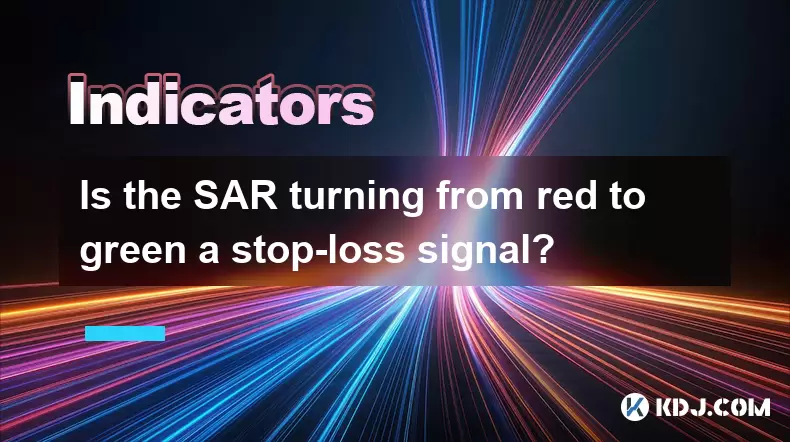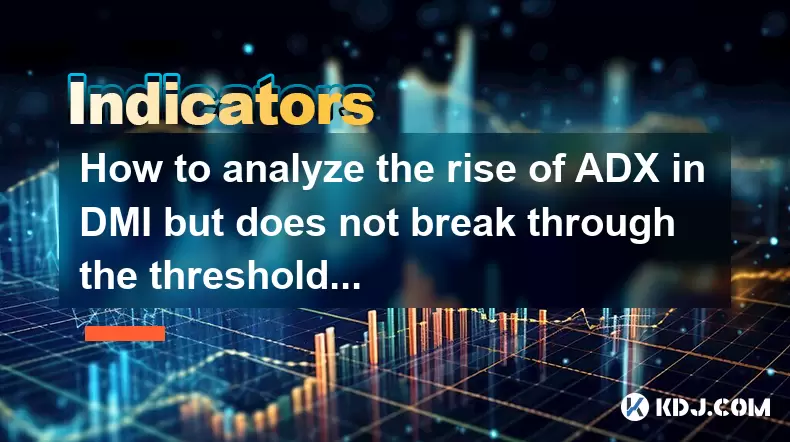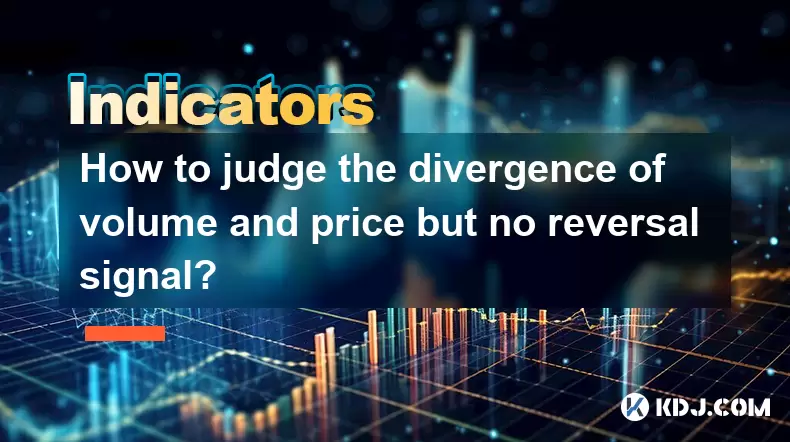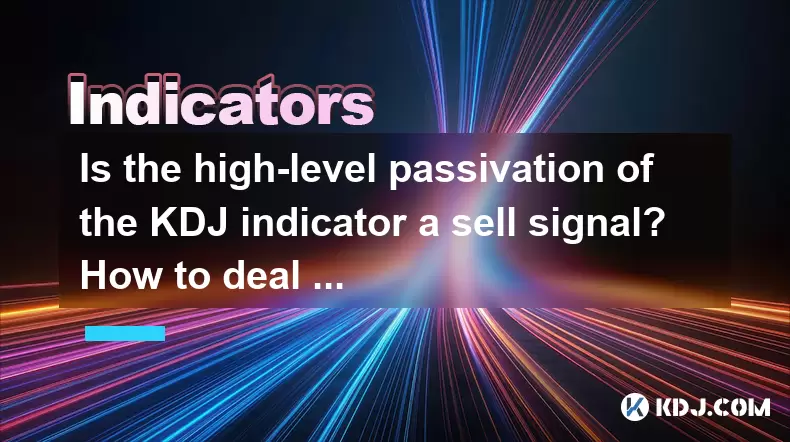-
 Bitcoin
Bitcoin $106,754.6083
1.33% -
 Ethereum
Ethereum $2,625.8249
3.80% -
 Tether USDt
Tether USDt $1.0001
-0.03% -
 XRP
XRP $2.1891
1.67% -
 BNB
BNB $654.5220
0.66% -
 Solana
Solana $156.9428
7.28% -
 USDC
USDC $0.9998
0.00% -
 Dogecoin
Dogecoin $0.1780
1.14% -
 TRON
TRON $0.2706
-0.16% -
 Cardano
Cardano $0.6470
2.77% -
 Hyperliquid
Hyperliquid $44.6467
10.24% -
 Sui
Sui $3.1128
3.86% -
 Bitcoin Cash
Bitcoin Cash $455.7646
3.00% -
 Chainlink
Chainlink $13.6858
4.08% -
 UNUS SED LEO
UNUS SED LEO $9.2682
0.21% -
 Avalanche
Avalanche $19.7433
3.79% -
 Stellar
Stellar $0.2616
1.64% -
 Toncoin
Toncoin $3.0222
2.19% -
 Shiba Inu
Shiba Inu $0.0...01220
1.49% -
 Hedera
Hedera $0.1580
2.75% -
 Litecoin
Litecoin $87.4964
2.29% -
 Polkadot
Polkadot $3.8958
3.05% -
 Ethena USDe
Ethena USDe $1.0000
-0.04% -
 Monero
Monero $317.2263
0.26% -
 Bitget Token
Bitget Token $4.5985
1.68% -
 Dai
Dai $0.9999
0.00% -
 Pepe
Pepe $0.0...01140
2.44% -
 Uniswap
Uniswap $7.6065
5.29% -
 Pi
Pi $0.6042
-2.00% -
 Aave
Aave $289.6343
6.02%
Is the SAR turning from red to green a stop-loss signal?
The Parabolic SAR turning green signals a potential trend reversal from bearish to bullish, but traders should confirm with other indicators like RSI or volume for reliable stop-loss decisions in volatile crypto markets.
Jun 16, 2025 at 07:07 pm

Understanding SAR in Cryptocurrency Trading
The Parabolic SAR (Stop and Reverse) is a technical indicator widely used in cryptocurrency trading to identify potential reversals in price movement. It appears as a series of dots either above or below the asset's price chart. When the dots shift from one side of the price to the other, it signals a reversal. This SAR turning from red to green indicates that the trend may be shifting from a downtrend to an uptrend.
In crypto markets, where volatility is high, understanding how the Parabolic SAR functions can help traders make more informed decisions. The red dots signify bearish momentum, while the green dots indicate bullish momentum. However, relying solely on this signal without additional context can lead to premature exits or entries.
How SAR Works in Crypto Charts
The Parabolic SAR calculation depends on the acceleration factor and the extreme point. During a downtrend, the SAR rises beneath the price; during an uptrend, it falls below the price. When the SAR turns from red to green, it means the SAR value has crossed above the previous candlestick’s low, signaling a possible change in direction.
Traders often use this transition as a stop-loss trigger. For instance, if you're holding a short position and the SAR flips from red to green, some traders interpret this as a sign to close their position. Others wait for confirmation through candlestick patterns or volume surges before acting.
Is SAR Flipping Green a Reliable Stop-Loss Signal?
While the SAR turning green may seem like a clear stop-loss signal, its reliability varies depending on market conditions. In trending markets, the Parabolic SAR performs well because it follows the momentum. However, in sideways or choppy markets, the SAR flipping frequently between red and green can produce false signals.
Crypto assets like Bitcoin, Ethereum, or altcoins often experience rapid swings that can cause the SAR indicator to reverse prematurely, leading traders to exit positions too early. Therefore, it's crucial to combine this with other tools such as moving averages, RSI, or support/resistance levels to confirm the reversal.
Using SAR with Other Indicators for Better Accuracy
To enhance the accuracy of the SAR turning from red to green, traders should consider using complementary indicators:
- Moving Averages: A crossover of the 50-day and 200-day moving average can validate the trend change suggested by the SAR flip.
- Relative Strength Index (RSI): If the SAR turns green and the RSI moves above 50, it strengthens the bullish case.
- Volume Analysis: A surge in trading volume when the SAR flips adds credibility to the reversal signal.
- Candlestick Patterns: Bullish patterns like hammers or engulfing candles appearing alongside the SAR turning green increase confidence in the signal.
By combining these elements, traders can filter out false signals and avoid unnecessary stop-loss triggers caused by erratic price movements common in crypto markets.
Practical Steps to Implement SAR-Based Stop-Loss Strategies
For traders who want to use the SAR turning from red to green as part of their stop-loss strategy, here are detailed steps:
- Set up your charting platform: Use platforms like TradingView, Binance, or MetaTrader that support the Parabolic SAR indicator.
- Apply the SAR indicator: Adjust the settings to default unless you have a specific reason to customize them.
- Identify the current trend: Determine whether the price is in a downtrend or uptrend based on the SAR dot placement.
- Monitor the flip point: Watch for when the SAR dots switch from red to green, especially after a prolonged downtrend.
- Place dynamic stop-loss orders: Once the SAR turns green, set your stop-loss just below the most recent swing low or the SAR level itself.
- Wait for confirmation: Don’t act immediately on the flip; wait for at least one full candlestick to close beyond the SAR line to reduce false signals.
- Adjust risk-reward ratio: Ensure that the potential gain justifies the risk taken based on the SAR-based stop-loss distance.
These steps help traders integrate the SAR turning green into a disciplined trading plan rather than reacting impulsively to every signal.
Frequently Asked Questions
What does the SAR turning green mean for long-term investors?
For long-term holders, the SAR turning green might not be as critical since they focus more on fundamentals. However, it can still serve as a useful tool for timing entries or exits during volatile corrections.
Can SAR be used effectively in all crypto market conditions?
No, the Parabolic SAR works best in trending environments. In ranging or consolidating markets, it tends to generate multiple false signals, making it less reliable.
Should I rely only on SAR to place my stop-loss?
It's not advisable to base stop-loss decisions solely on SAR flips. Always use it alongside other technical indicators and price action analysis to improve accuracy.
How do I adjust SAR settings for different cryptocurrencies?
Default settings usually work well across most assets. However, highly volatile cryptos may benefit from higher acceleration factors, but this requires backtesting to determine optimal values.
Disclaimer:info@kdj.com
The information provided is not trading advice. kdj.com does not assume any responsibility for any investments made based on the information provided in this article. Cryptocurrencies are highly volatile and it is highly recommended that you invest with caution after thorough research!
If you believe that the content used on this website infringes your copyright, please contact us immediately (info@kdj.com) and we will delete it promptly.
- 2025-W Uncirculated American Gold Eagle and Dr. Vera Rubin Quarter Mark New Products
- 2025-06-13 06:25:13
- Ruvi AI (RVU) Leverages Blockchain and Artificial Intelligence to Disrupt Marketing, Entertainment, and Finance
- 2025-06-13 07:05:12
- H100 Group AB Raises 101 Million SEK (Approximately $10.6 Million) to Bolster Bitcoin Reserves
- 2025-06-13 06:25:13
- Galaxy Digital CEO Mike Novogratz Says Bitcoin Will Replace Gold and Go to $1,000,000
- 2025-06-13 06:45:13
- Trust Wallet Token (TWT) Price Drops 5.7% as RWA Integration Plans Ignite Excitement
- 2025-06-13 06:45:13
- Ethereum (ETH) Is in the Second Phase of a Three-Stage Market Cycle
- 2025-06-13 07:25:13
Related knowledge

How to confirm the effectiveness of the average price line support in the time-sharing chart?
Jun 17,2025 at 12:56am
Understanding the Time-Sharing Chart and Its RelevanceIn cryptocurrency trading, time-sharing charts play a crucial role in analyzing short-term price movements. These charts typically display price fluctuations over a specific period, often ranging from minutes to hours. Traders rely on them to make quick decisions based on real-time data. The average ...

What does it mean when the momentum indicator breaks above the zero axis?
Jun 17,2025 at 12:43am
Understanding the Momentum IndicatorThe momentum indicator is a technical analysis tool used to measure the speed or velocity of price movements in cryptocurrency markets. It helps traders identify potential trend reversals, overbought or oversold conditions, and confirms existing trends. The indicator typically oscillates around a zero line, with value...

How to analyze the rise of ADX in DMI but does not break through the threshold?
Jun 16,2025 at 11:49pm
Understanding ADX and DMI in Cryptocurrency TradingIn cryptocurrency trading, ADX (Average Directional Index) is a technical indicator used to measure the strength of a trend. It works in conjunction with the DMI (Directional Movement Indicator), which includes two components: +DI (Positive Directional Indicator) and -DI (Negative Directional Indicator)...

How to judge the divergence of volume and price but no reversal signal?
Jun 17,2025 at 12:28am
Understanding Volume and Price DivergenceIn the world of cryptocurrency trading, volume and price are two key indicators that traders monitor closely. Divergence occurs when these two metrics move in opposite directions. For example, if the price of a cryptocurrency is rising but its volume is declining, this could signal weakening momentum. However, it...

Is the high-level passivation of the KDJ indicator a sell signal? How to deal with it?
Jun 17,2025 at 12:49am
Understanding the KDJ Indicator in Cryptocurrency TradingThe KDJ indicator, also known as the stochastic oscillator, is a momentum-based technical analysis tool widely used in cryptocurrency trading. It consists of three lines: the %K line, the %D line, and the %J line. These lines help traders assess overbought or oversold conditions, potential trend r...

How to identify the pressure intensity when the upper shadow line tests the previous high?
Jun 17,2025 at 12:09am
Understanding the Upper Shadow Line in Candlestick ChartsIn cryptocurrency trading, candlestick patterns are essential tools for analyzing market sentiment. One such pattern is the appearance of an upper shadow line, which often appears when a candle closes lower than its highest point during a specific period. This upper wick or shadow indicates that w...

How to confirm the effectiveness of the average price line support in the time-sharing chart?
Jun 17,2025 at 12:56am
Understanding the Time-Sharing Chart and Its RelevanceIn cryptocurrency trading, time-sharing charts play a crucial role in analyzing short-term price movements. These charts typically display price fluctuations over a specific period, often ranging from minutes to hours. Traders rely on them to make quick decisions based on real-time data. The average ...

What does it mean when the momentum indicator breaks above the zero axis?
Jun 17,2025 at 12:43am
Understanding the Momentum IndicatorThe momentum indicator is a technical analysis tool used to measure the speed or velocity of price movements in cryptocurrency markets. It helps traders identify potential trend reversals, overbought or oversold conditions, and confirms existing trends. The indicator typically oscillates around a zero line, with value...

How to analyze the rise of ADX in DMI but does not break through the threshold?
Jun 16,2025 at 11:49pm
Understanding ADX and DMI in Cryptocurrency TradingIn cryptocurrency trading, ADX (Average Directional Index) is a technical indicator used to measure the strength of a trend. It works in conjunction with the DMI (Directional Movement Indicator), which includes two components: +DI (Positive Directional Indicator) and -DI (Negative Directional Indicator)...

How to judge the divergence of volume and price but no reversal signal?
Jun 17,2025 at 12:28am
Understanding Volume and Price DivergenceIn the world of cryptocurrency trading, volume and price are two key indicators that traders monitor closely. Divergence occurs when these two metrics move in opposite directions. For example, if the price of a cryptocurrency is rising but its volume is declining, this could signal weakening momentum. However, it...

Is the high-level passivation of the KDJ indicator a sell signal? How to deal with it?
Jun 17,2025 at 12:49am
Understanding the KDJ Indicator in Cryptocurrency TradingThe KDJ indicator, also known as the stochastic oscillator, is a momentum-based technical analysis tool widely used in cryptocurrency trading. It consists of three lines: the %K line, the %D line, and the %J line. These lines help traders assess overbought or oversold conditions, potential trend r...

How to identify the pressure intensity when the upper shadow line tests the previous high?
Jun 17,2025 at 12:09am
Understanding the Upper Shadow Line in Candlestick ChartsIn cryptocurrency trading, candlestick patterns are essential tools for analyzing market sentiment. One such pattern is the appearance of an upper shadow line, which often appears when a candle closes lower than its highest point during a specific period. This upper wick or shadow indicates that w...
See all articles

























































































